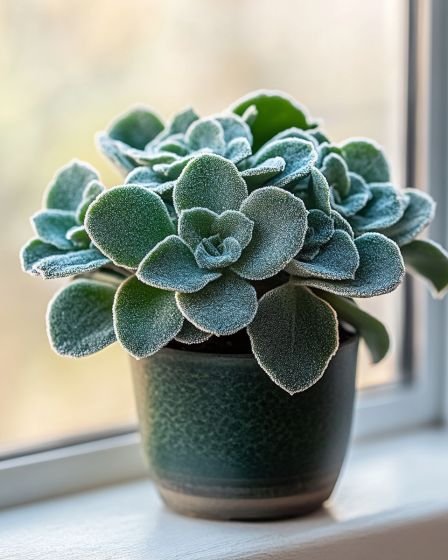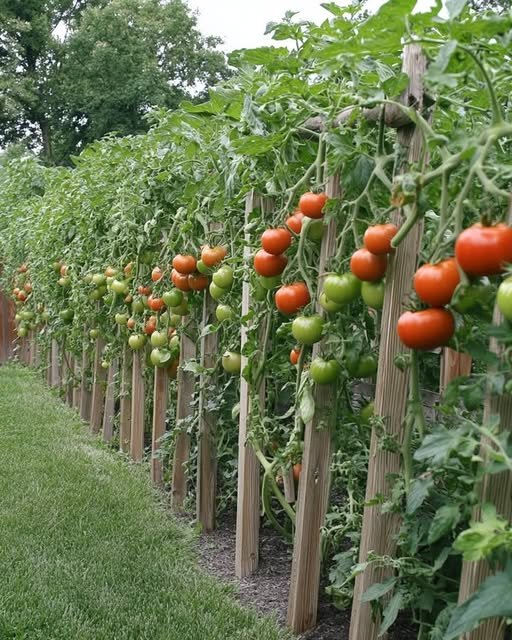Succulents have surged in popularity due to their unique appearance and low-maintenance nature. However, many succulent enthusiasts unknowingly harm their plants by using tap water for irrigation. While tap water is convenient, it often contains chemicals and minerals that can be detrimental to these resilient yet sensitive plants.
Understanding the composition of tap water and its effects on succulents is crucial for ensuring their health and longevity. This article explores the reasons why tap water is not ideal for succulents and provides alternative solutions to keep your plants thriving.
1. Understanding the Composition of Tap Water
Tap water is treated to be safe for human consumption, but this process often involves adding chemicals like chlorine and chloramine. Additionally, tap water can contain varying levels of dissolved minerals such as calcium and magnesium, which contribute to its hardness. In some areas, fluoride is also added to the water supply. These substances, while harmless to humans, can accumulate in the soil and affect the health of your succulents.
2. The Impact of Chlorine on Succulents
Chlorine is commonly used in municipal water supplies to kill bacteria and other pathogens. However, it can be harmful to plants, including succulents. Chlorine can damage the delicate root systems of succulents, leading to reduced nutrient uptake and stunted growth. Even at low concentrations, such as 0.2 to 0.5 parts per million (ppm), chlorine can have a negative impact on plant health.
3. How Hard Water Affects Plant Health
Hard water contains high levels of calcium and magnesium, which can lead to mineral buildup in the soil. This buildup can alter the soil’s pH and affect the plant’s ability to absorb essential nutrients. Over time, hard water can cause a white, crusty residue to form on the soil surface and the plant itself, which can impede growth and lead to leaf discoloration.
4. The Role of pH Levels in Plant Growth
The pH level of water is a measure of its acidity or alkalinity, and it plays a crucial role in nutrient availability for plants. Succulents generally prefer slightly acidic to neutral pH levels, around 6.0 to 7.0. Tap water, especially in areas with hard water, can have a higher pH, which can lead to nutrient deficiencies and poor plant health.
5. Mineral Buildup and Its Consequences
Mineral buildup from tap water can lead to soil compaction and reduced aeration, which are detrimental to succulent roots. This buildup can also cause leaf burn, where the tips of the leaves turn brown and crispy. Over time, excessive mineral accumulation can lead to root rot and ultimately, plant death.
6. The Risks of Using Softened Water
Water softeners often replace calcium and magnesium ions with sodium ions, which can be harmful to succulents. High sodium levels can lead to soil salinity issues, affecting the plant’s ability to absorb water and nutrients. This can result in wilting, leaf drop, and even plant death if not addressed.
7. Why Rainwater Is a Better Alternative
Rainwater is naturally soft and free of the chemicals and minerals found in tap water. It has a neutral pH and is ideal for succulents, as it mimics the natural conditions these plants are adapted to. Collecting rainwater can help prevent mineral buildup and promote healthier growth.
8. How to Collect and Store Rainwater
To collect rainwater, you can set up a simple system using a rain barrel connected to your gutter downspout. Ensure the barrel is clean and has a lid to prevent debris and mosquito breeding. Store the collected rainwater in a cool, dark place to prevent algae growth, and use it within a few weeks for best results.
9. Using Distilled Water for Succulents
Distilled water is another excellent option for watering succulents, as it is free from minerals and chemicals. It is created by boiling water and collecting the steam, which leaves impurities behind. While distilled water is safe for succulents, it can be more costly and less sustainable than rainwater collection.
10. DIY Water Filtration Techniques
If rainwater or distilled water is not accessible, you can use DIY filtration methods to improve tap water quality. Letting tap water sit out for 24 hours can allow chlorine to dissipate. Alternatively, using a simple carbon filter can help remove chlorine and some minerals, making the water safer for succulents.
11. Popular Hacks for Watering Succulents
One popular hack is to use a watering can with a narrow spout to direct water to the base of the plant, avoiding the leaves. Another tip is to water succulents in the morning, allowing excess moisture to evaporate throughout the day. Additionally, using a moisture meter can help determine when your succulents truly need water, preventing overwatering.



